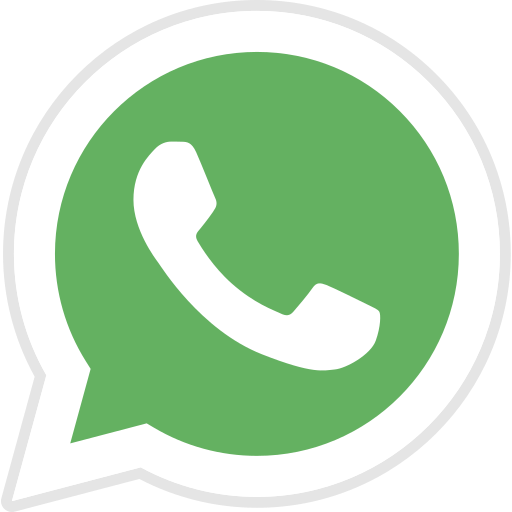
In ancient Hebrew culture, the appearance of green and yellow streaks on the inside walls of a house was a sign of a serious problem. It was an indication that a form of leprosy was breaking out in the house. If left unchecked, leprosy could spread throughout the house, causing physical damage to the walls, floors, and even the roof.
Moreover, the health and well-being of those living within the house were also at risk. The contaminated walls and floors had to be immediately addressed by a priest, who would examine the house and determine whether it needed to be quarantined and purified. (Read Leviticus 14). This process served as a reminder of the severity of sin and the need for prompt action to prevent its harmful effects from spreading.
In the Old Testament, leprosy was a dreaded disease that caused great fear and isolation. Those who were diagnosed with leprosy were considered unclean and were required to live outside the city walls, away from their families and communities. (Leviticus 13:46). Leprosy was a symbol of sin, which also separates us from God and others.
Just as leprosy began with small symptoms and grew rapidly, so too does sin. We see this in the story of King David, who began with the sin of lust and eventually committed adultery and murder (2 Samuel 11). Sin can quickly spiral out of control if we don't take steps to stop it.
The consequences of sin are severe, just like the consequences of leprosy. Leprosy destroys the body, causing nerve damage and disfigurement. Sin destroys the soul, separating us from God and leading us down a path of destruction.
In Leviticus chapters 13-14, we see the process that a leper had to go through in order to be declared clean. The priest would examine the person and determine whether or not they were still unclean. If they were, they would be required to live outside the camp until they were healed. Once they were declared clean, they were allowed back into the community.
Similarly, in order to be made clean from sin, we must confess our sins and ask for forgiveness. 1 John 1:9 says, "If we confess our sins, he is faithful and just and will forgive us our sins and purify us from all unrighteousness." We must acknowledge our sins and turn away from them.
The story of Jesus healing the leper in Mark 1:40-45 is a powerful example of how Jesus can heal both physically and spiritually. The leper came to Jesus, begging for healing, and Jesus touched him, saying, "I am willing. Be clean!" Immediately, the man was healed.
Just as in Leviticus, the leper was required to show themselves to a priest to be declared clean and to offer sacrifices. In Mark 1, Lord Jesus instructs the leper to go and show himself to the priest as a testimony of his healing.
Also, in Leviticus, the leper was able to rejoin the community once they were declared clean. In Mark 1, Lord Jesus instructed the healed leper to show himself to the priest and offer the prescribed sacrifices, which would allow him to be restored to the community.
So you see, Lord Jesus is our ultimate healer, who can heal both our physical and spiritual ailments. He can take away the shame and isolation of sin and bring us back into a relationship with the Father and others. So today and always turn to Jesus, our ultimate healer, for forgiveness and restoration.
Prayer
Loving Father, Just as the leper was healed by your touch, touch me and heal me and make me whole. I also pray that I will find the right place in your community and testify to your power and glory. In Jesus’ name. Amen.
Join our WhatsApp Channel


Most Read
● Preparing for 2019● How to Get Fire on the Altar
● Day 38: 40 Days Fasting & Prayer
● The Problem of Anger
● Day 39: 40 Days Fasting & Prayer
● Carrier of Good News
● Maintaining Unity in the Church
Comments
 219
219
 143
143
 2467
2467







